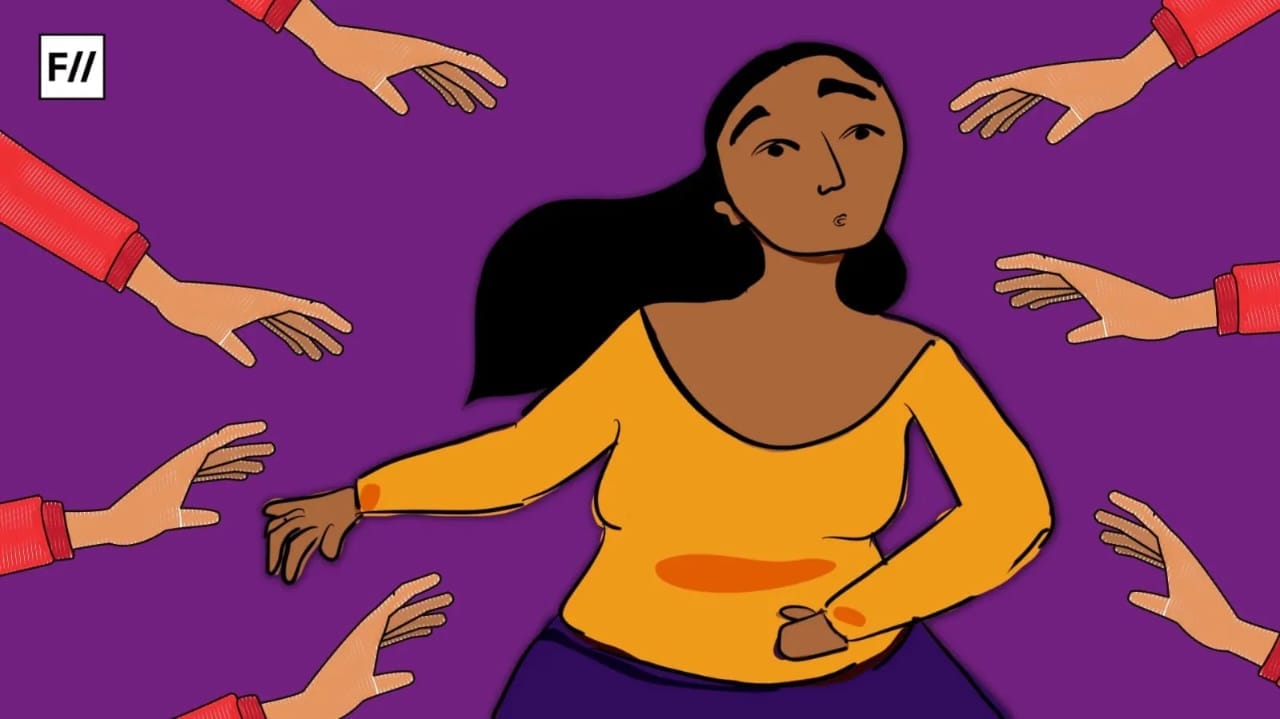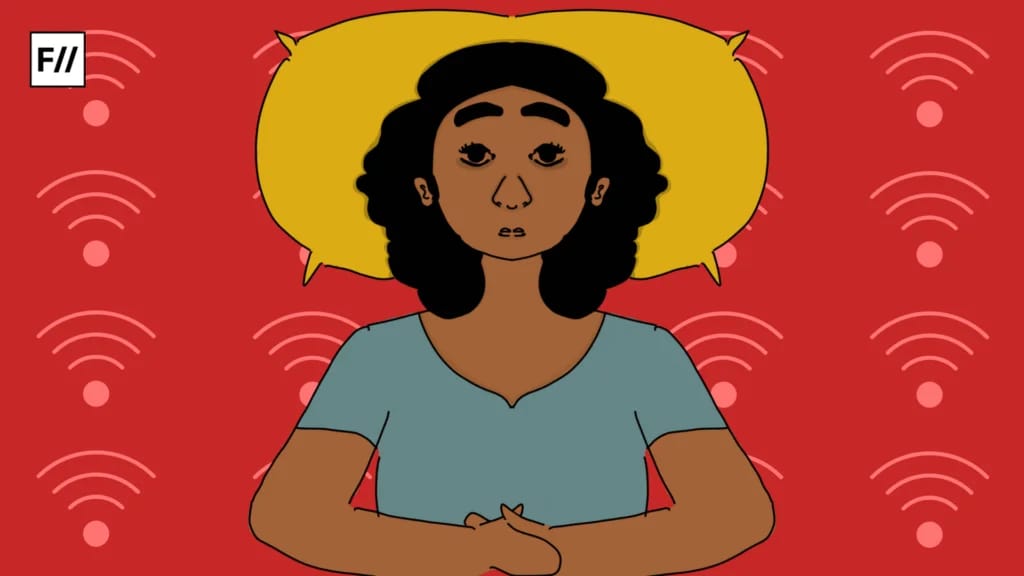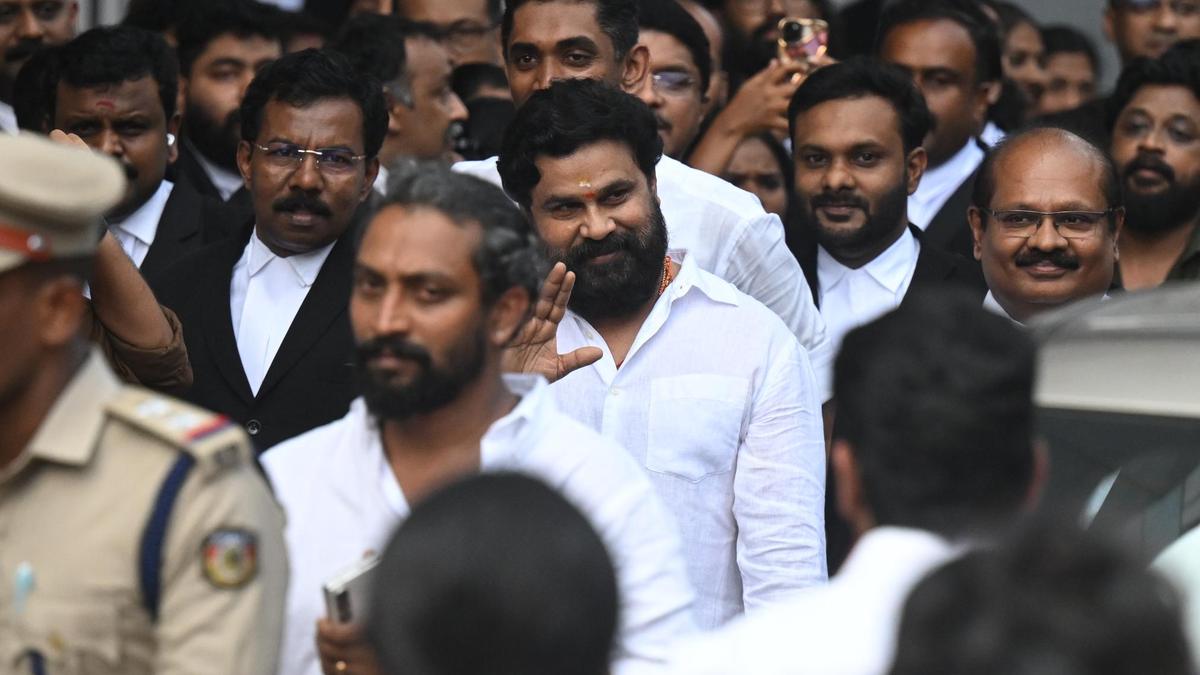The Meghalaya murder case is making headlines and captions on news channels and social media. The case is said to have “traumatised” men, and is making them swear off marriage. In essence, instead of discussing the case in a rational manner and condemning violence, memes are making the rounds to suit the manosphere – a collection of websites, online forums, and blogs that promote patriarchal remarks and opposition to feminist thoughts. It has gone to the extremes that it is spilling over into informal discussions and relationships.
The Meghalaya murder case revolves around Sonam, a wife who is accused of killing her husband Raja Raghuvanshi during their honeymoon in Meghalaya. The violence is seen as a case that sparked extensive coverage on news channels. Additionally, the case has led to a misrepresentation of women’s empowerment and feminism. There is a notion pictured in memes on social media that misrepresents feminism as making women empowered to kill their husbands. There is no doubt, this case is horrific but instead of questioning the case with a rational mind, it is being brought into memes claiming men are in danger.
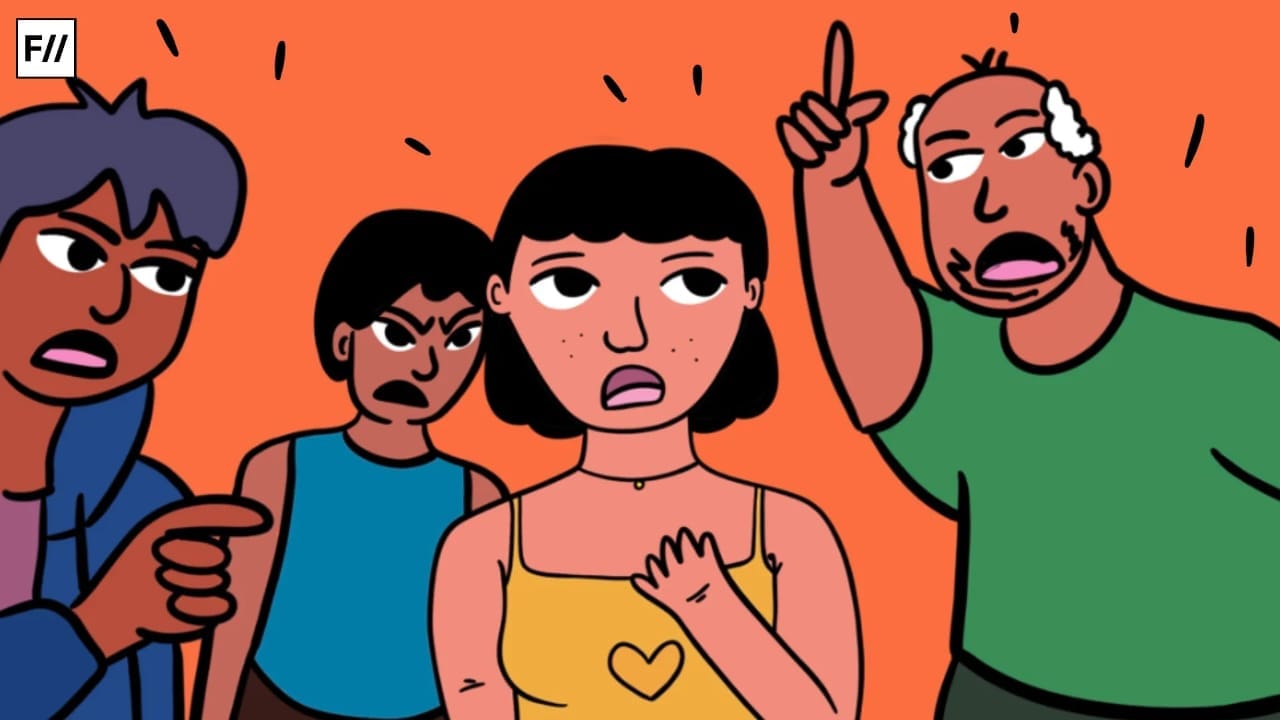
Moreover, absurd and nonsensical comments are made – take these comments for example, ‘India is developing because women are fighting for themselves, ab purush jeevan kathin hai mitra, girls’ power, and aurat ka chakkar maut se takkar…‘
Violence against men becomes cases and violence against women becomes statistics
Gender disparities are so deeply embedded that they even influence records of violence. Although violence should be condemned in the strongest possible manner, it is important to note that condemning violence does not mean ignoring or turning a blind eye to the marginalisation of women. Justice should prevail, but there should not be gender disparities.
The Meghalaya murder case, the murder case involving a cement-filled drum, and other cases are said to have intimidated men. These cases made headlines and thumbnails that caught nationwide attention. As a result, routine discussions among people where it is being said, ‘mard samaj mai daar ka mahol bana hua hai‘ trigger patriarchal remarks against women where their empowerment and progress are held responsible for killing men.
There is a video on instagram that shows a clip of the character of Viraj Dobriyal, an abusive husband in Dil se Di Dua… Saubhagyavati Bhava, with a caption asking him to come back. Under the garb of meme videos, abusing women is normalised. There are also some videos surfacing on Instagram that showcase guards protecting men from women on honeymoons.
In the midst of normalising patriarchal remarks in memes, it is important to bring to notice that gender disparities are upheld in present times.
In the midst of normalising patriarchal remarks in memes, it is important to bring to notice that gender disparities are upheld in present times. ‘Aaj kal ladkiya yahi kar rahi hai‘ is a patriarchal way to condemn violence. It is a reminder that entrenched societal norms shape public behaviour. The Meghalaya murder case is used to sideline women who are facing centuries-old marginalisation and violence. Their position remains vulnerable to routine patriarchal abuses and remarks. However, there is much reluctance to understand that the emancipation of women means shifting them from the margins to the mainstream.

It is important to highlight that incidents of violence against men are treated as cases, whereas incidents of violence against women are often reduced to mere statistics. On the one hand, violence against Raja Raghuvanshi and Saurabh Rajput is given full-fledged coverage. On the other hand, centuries-old violence against women based on gender, caste and class still goes unnoticed. NCRB, UNFPA, WHO and Oxfam India recognised violence against women who are deemed more at risk from violence by their husbands, fathers and relatives than strangers. Women are subject to centuries-old violence that is a violation of the basic human right to safety and life without discrimination.
Misunderstanding feminism as a tool to empower women to commit crimes
People still misunderstand and misrepresent feminism as a tool to empower women to commit crimes. In a patriarchal setup, feminism is mocked and misunderstood; its essence is still not considered to look into women’s socio-economic plight. To be more precise, people indulge in holding feminism responsible for the Meghalaya murder case or the murder case involving the cement-filled drum rather than condemning violence in a rational manner.
In a patriarchal setup, feminism is understood as being about hating men; its historical aspect is misunderstood like this. But hating men does not define feminism; it rather deals with awakening consciousness among people about how and why a certain section is powerful and privileged. It is important to note that feminism is about raising awareness about routine patriarchal remarks that dehumanise women. Feminism is about raising public awareness about discrimination against people on the basis of the intersection of gender, caste, class, religion, and race.
Feminism is about raising public awareness about discrimination against people on the basis of the intersection of gender, caste, class, religion, and race.
All in all, feminism does not empower women or others to commit crimes, it rather denounces centuries-old privilege given to a certain section to participate in decision making and make choices.
Under the garb of memes, patriarchal remarks should not be normalised
In the world of social media, people’s access sharpens their beliefs. There is a need to understand the manosphere grips on online forums, blogs and websites to perpetuate hate, online abuse, dehumanisation, vulgar ments,comments, and misrepresenting and misunderstanding feminism. In simpler terms, it also promotes a distorted narrative that feminism emerged to denounce men’s rights.
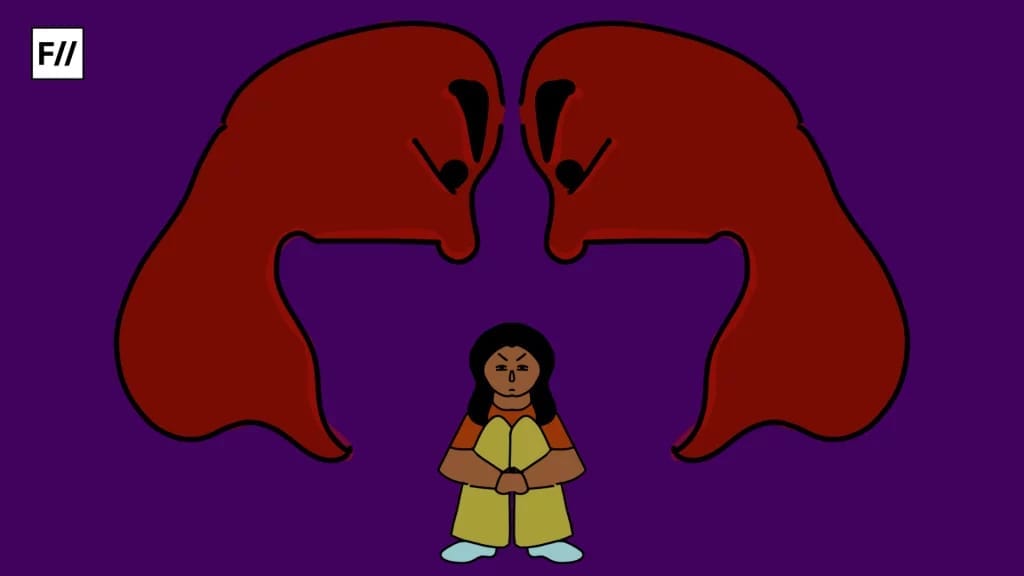
In 2024, Movember carried out a survey of 3,000 young men, aged between 16 and 25, from Australia, the UK, and the USA. According to the Movember Foundation, social media influencers who create content on what is needed to be a man affect men’s mental health. These influencers garner millions of young male followers throughout the world and impact their health. These influencers teach them to be physically, not emotionally brave. The content not only impacts young men’s mental health but also normalises violence against women and girls.
Social media is playing an integral part in circulating memes that promote patriarchal remarks. In fact, a large number of followers are consuming the content; the content is even justified for entertainment.
The absurd language that is used in social media platforms is gaining ground and spilling over into the mainstream that leads to dehumanisation and violence against women.
The United Nations recognises the Manosphere as a challenge to gender inequality in the digital world, using digital communities to spread anti-women remarks and promote discriminatory gender roles. Social media platforms are used to misrepresent feminism as dangerous and manipulative, while men are portrayed as victims of social change. Feminism is held responsible for increasing crimes against men. It is even said that the more women need independence, the more they are dangerous to men. The circulation of patriarchal content shapes how people think and treat others. The absurd language that is used in social media platforms is gaining ground and spilling over into the mainstream that leads to dehumanisation and violence against women.
Therefore, it is important to nurture consciousness among people to raise themselves beyond the world of manosphere. Violence should be condemned in a rational manner; it is an apparent violation of the human right to life. In a patriarchal setup, people are exposed to patriarchal content in the digital world that does not want them to understand the socio-economic plight of women and their sufferings. The culprits should be held accountable with substantial evidence, and not be slammed with gender stereotypes. It is important to transcend patriarchal boundaries and criticise and condemn violence in an unbiased and rational way.
About the author(s)
Nashra Rehman finds her profound interest in addressing the plight of Muslim women and their unappreciated marginalisation. Her focus remains on bringing a novel argument to life.
